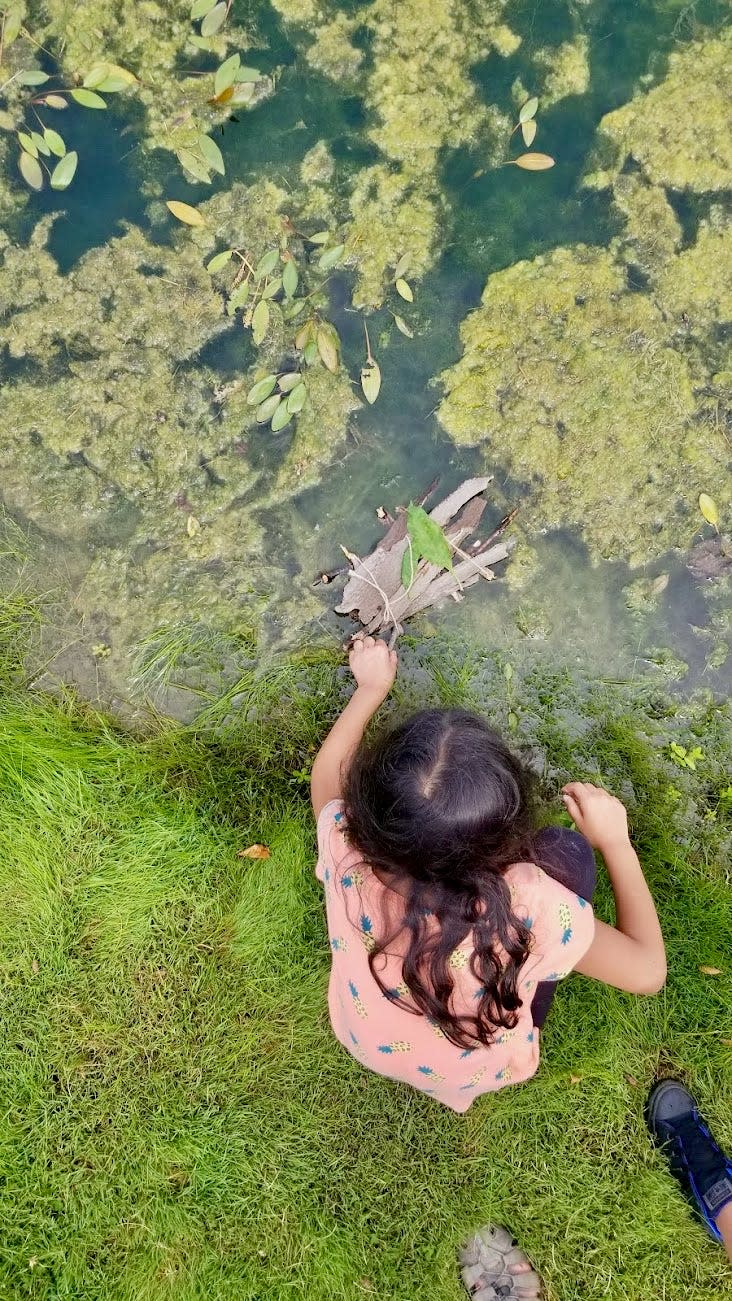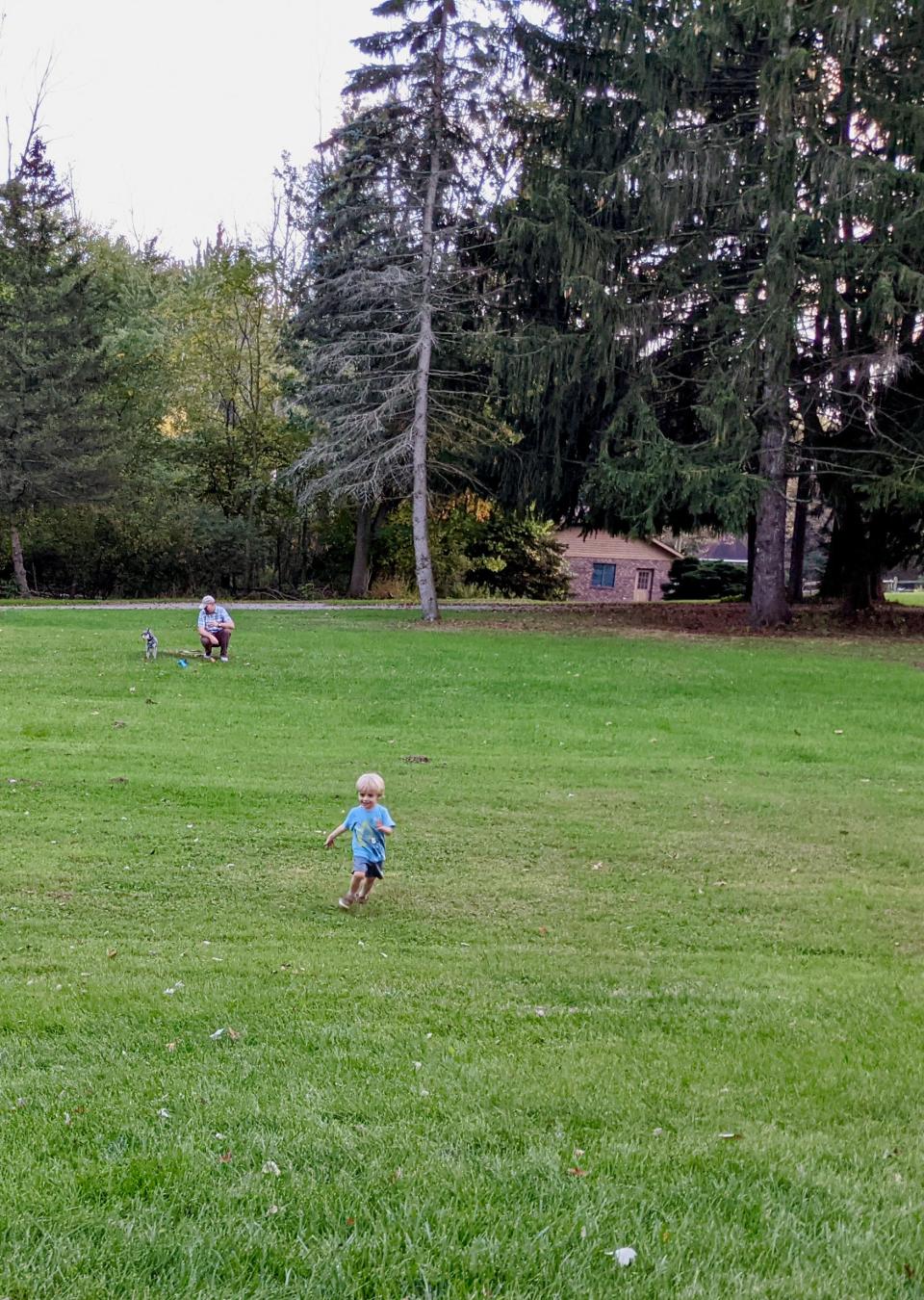Careful landscape and lawn practices protect water quality

Landscaping and lawn care, while a source of pride and passion for many, can, if not practiced properly, negatively impact water quality in Lake Macatawa and the surrounding Macatawa watershed.
Project Clarity of the ODC Network provides a list of best practices to meet both aesthetic and functional goals without sacrificing the health of our watershed.
These best practices inform responsible water and fertilizer use. Excess water usage, which draws more water from the watershed than necessary, also contributes to the spread of fertilizer offsite. The same fertilizers that benefit plants in our lawn promote unwanted algae in our waterways, so the more localized we can keep the fertilizer, the healthier our waterways can stay.
The types of fertilizers and the amount applied to your site also matters. Under the Michigan Fertilizer Act, the use of phosphorus fertilizers on residential and commercial lawns is restricted, so homeowners and commercial applicators must follow the phosphorus application restrictions. To ensure the appropriate amount of fertilizer is applied, the lawn must be tested prior to application.
Also included in best practices is the commitment to consider green stormwater infrastructure such as native plants, waterfront landscaping, rain barrels, or irrigation timers or sensors when applicable.
Local landscaping and lawn care professionals who commit to follow these best practices earn the title of “Watershed Partner.” These businesses have every reason to do whatever will produce happy customers, and yet they have chosen practices that are also beneficial to the environment.

This program was formerly managed by the Macatawa Watershed Project under the Macatawa Area Coordinating Council, which launched its “Seal of Approval” program in 2006. The program was rebranded to “Watershed Partners” in 2018 and is now being managed by Project Clarity.
A participating business, Good Sweet Earth, is an all-organic soil amendment and fertilizer company dedicated to helping homeowners and gardeners build healthy soil using natural ingredients. It has participated as a Watershed Partner since the rebranding in 2018 and joined because the best practices aligned with the company’s goals and existing practices.
“We started our business with planet care at the forefront,” owner Steve Veldheer said. “The only fertilizer we use is slow-release, plant-based fertilizer, and we encourage our customers to mulch their grass clippings, to mindfully water their lawns, and to set their mower higher for longer grass.”

Whether you contract a Watershed Partner or care for your landscaping on your own, these best practices are simple to implement without reducing the efficacy of your efforts.
For the full list of 2022 participating Watershed Partners, a list of best practices, and to learn more about lawn care for water quality, visit the Macatawa Area Coordinating Council website.
— Sarah Irvin is a naturalist at ODC Network and holds BS degrees in earth science and environmental studies.
About this series
The MiSustainable Holland column is a collection of community voices sharing updates about local sustainability initiatives.
This article originally appeared on The Holland Sentinel: Careful landscape and lawn practices protect water quality

